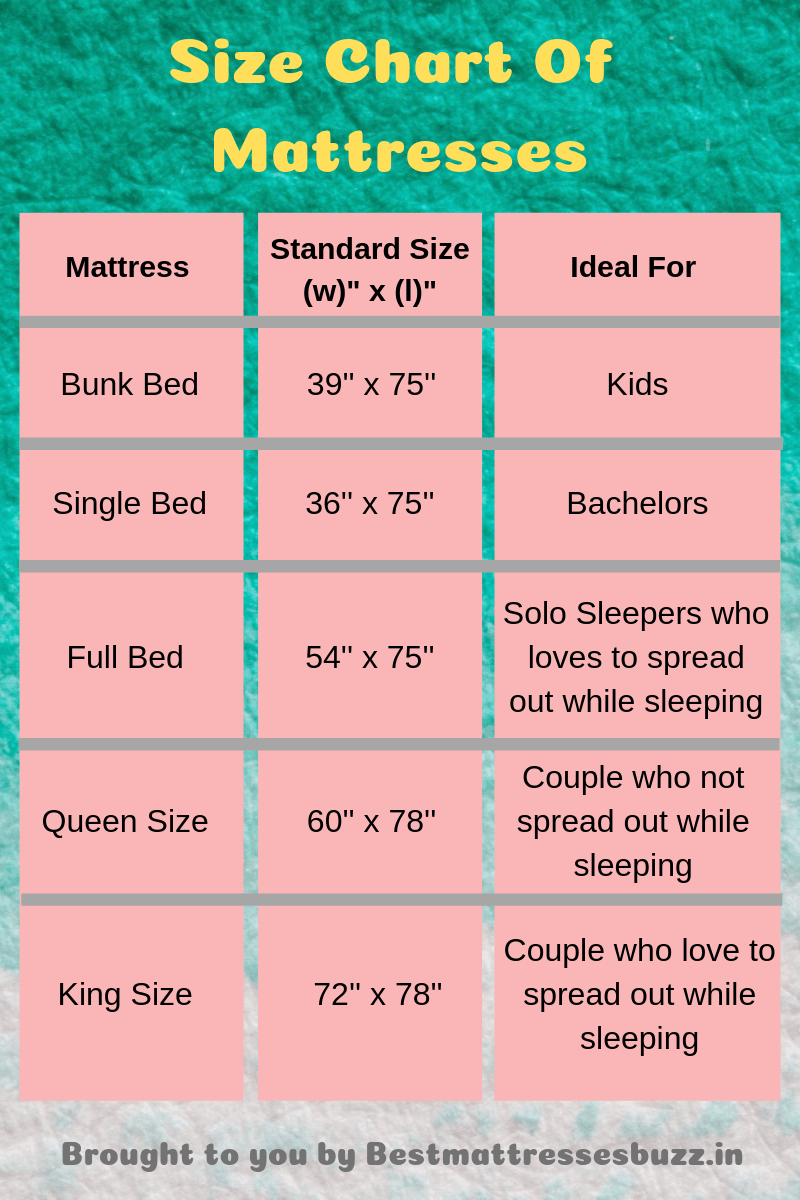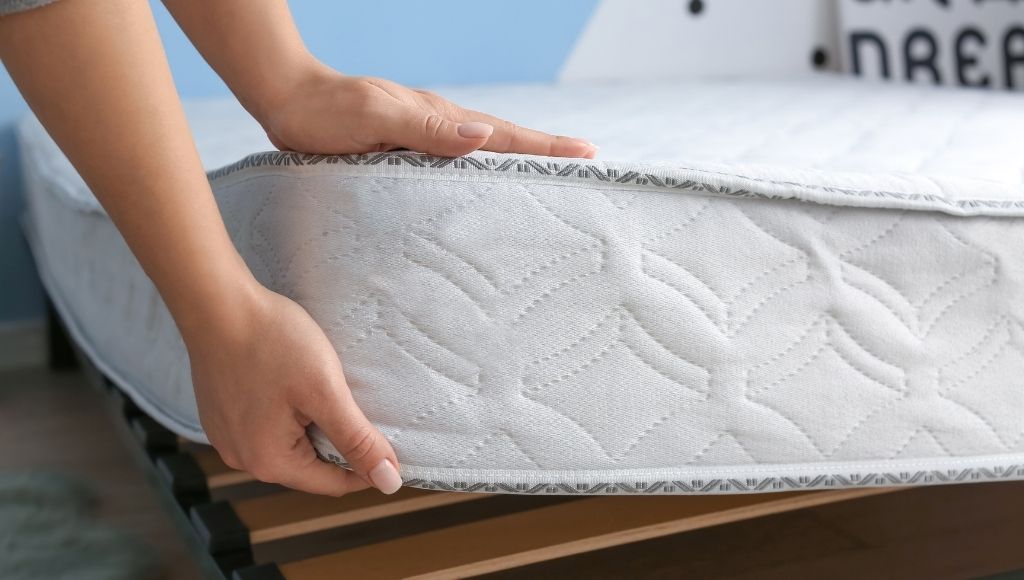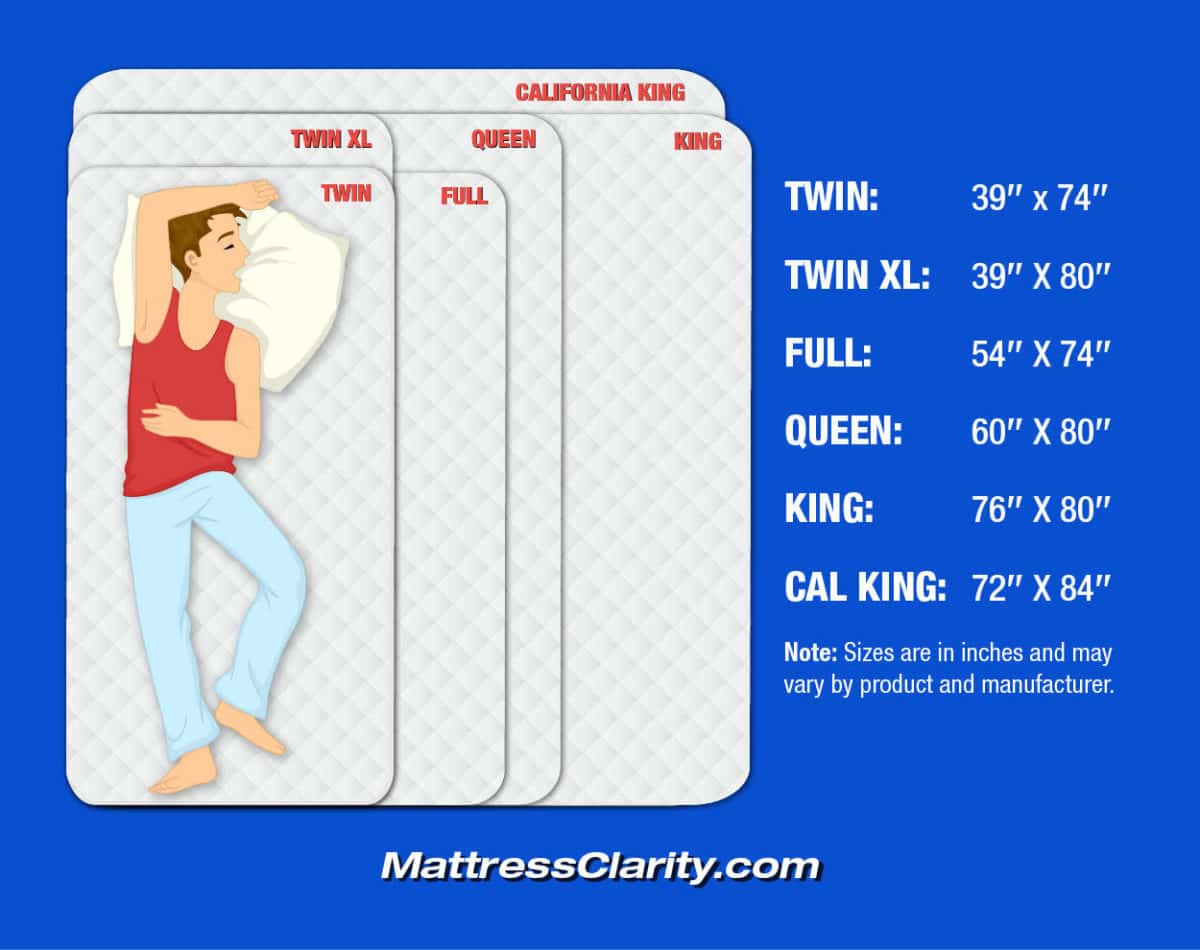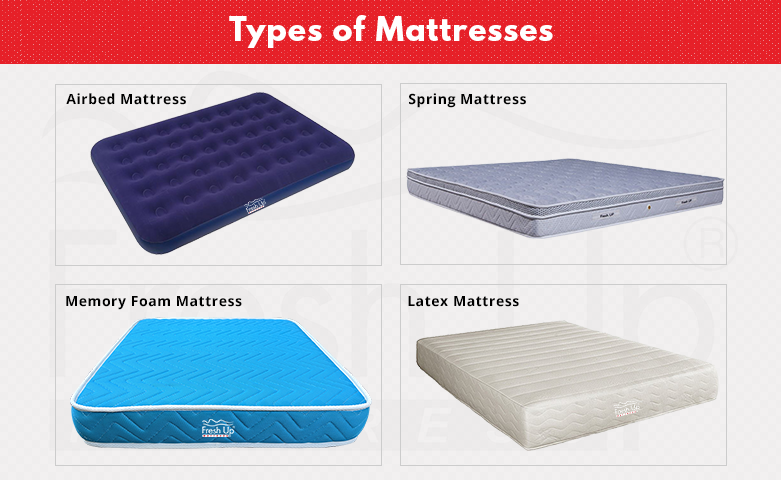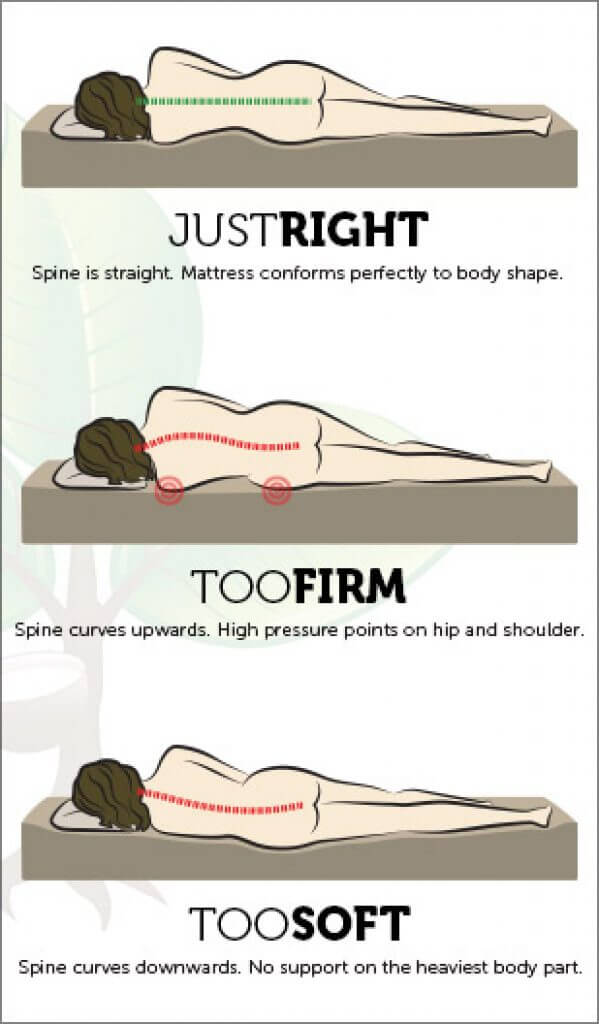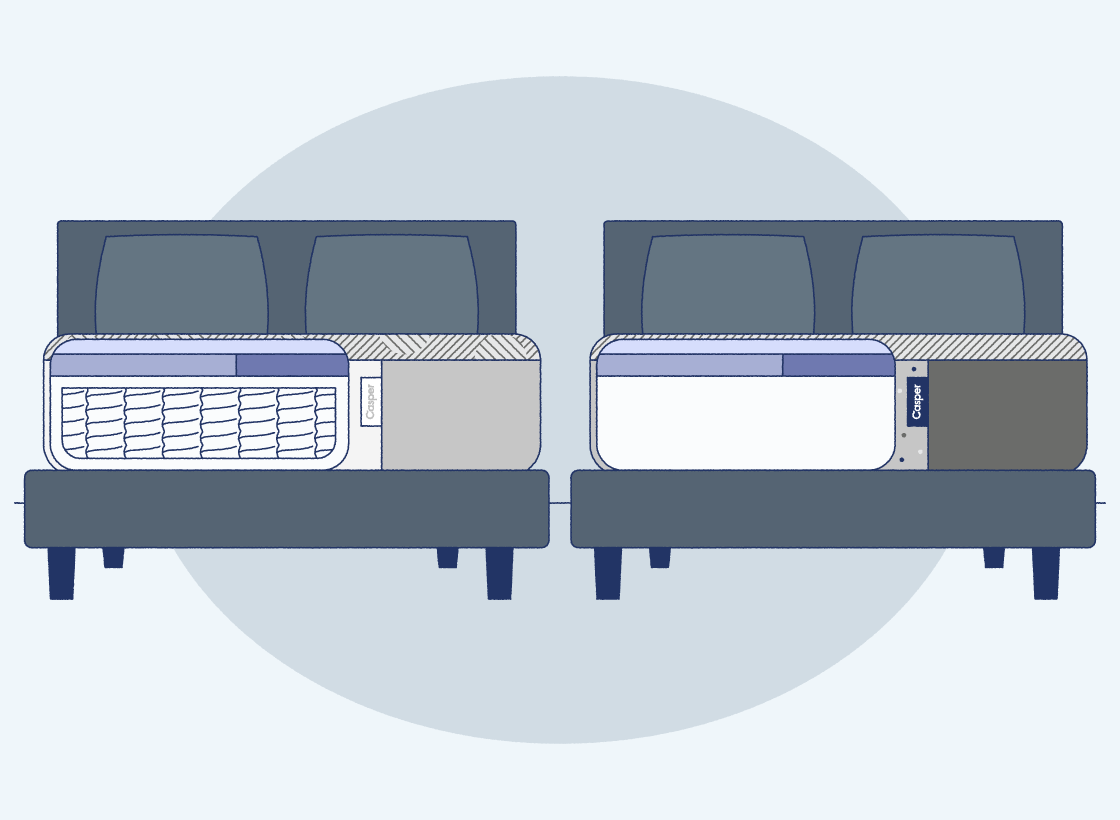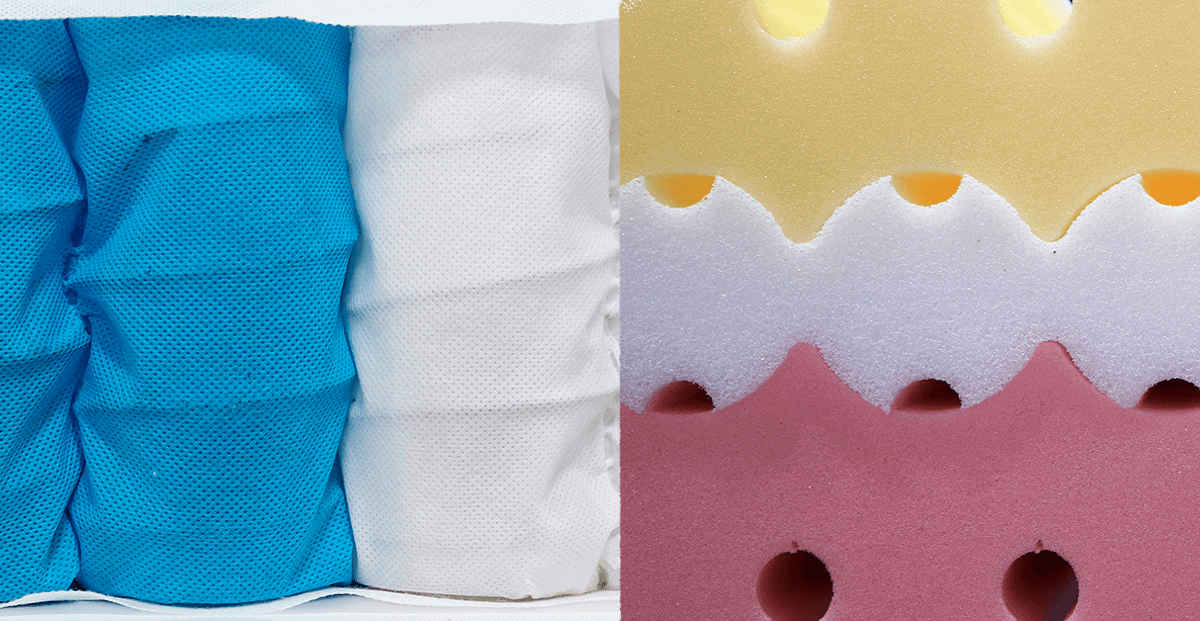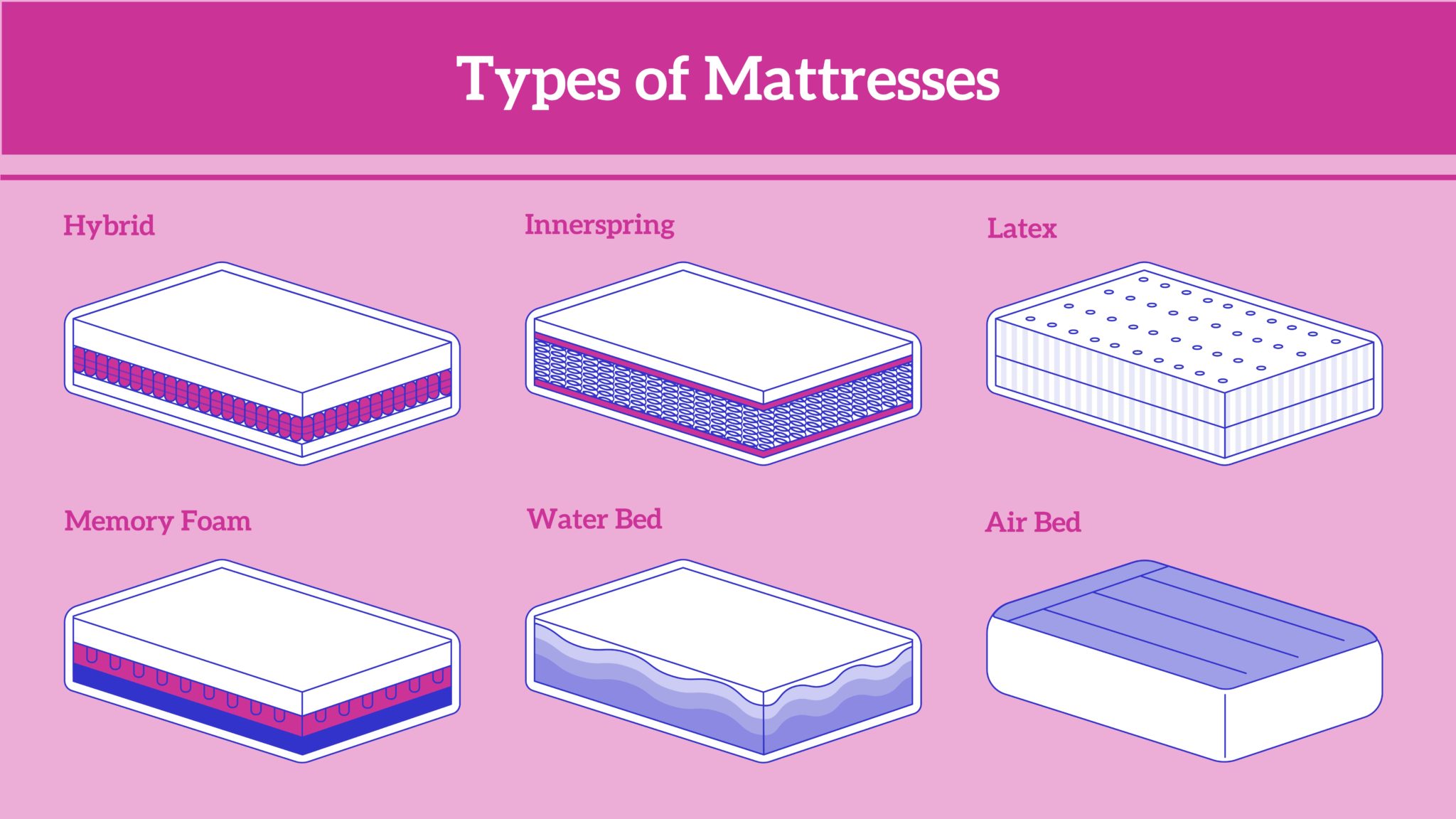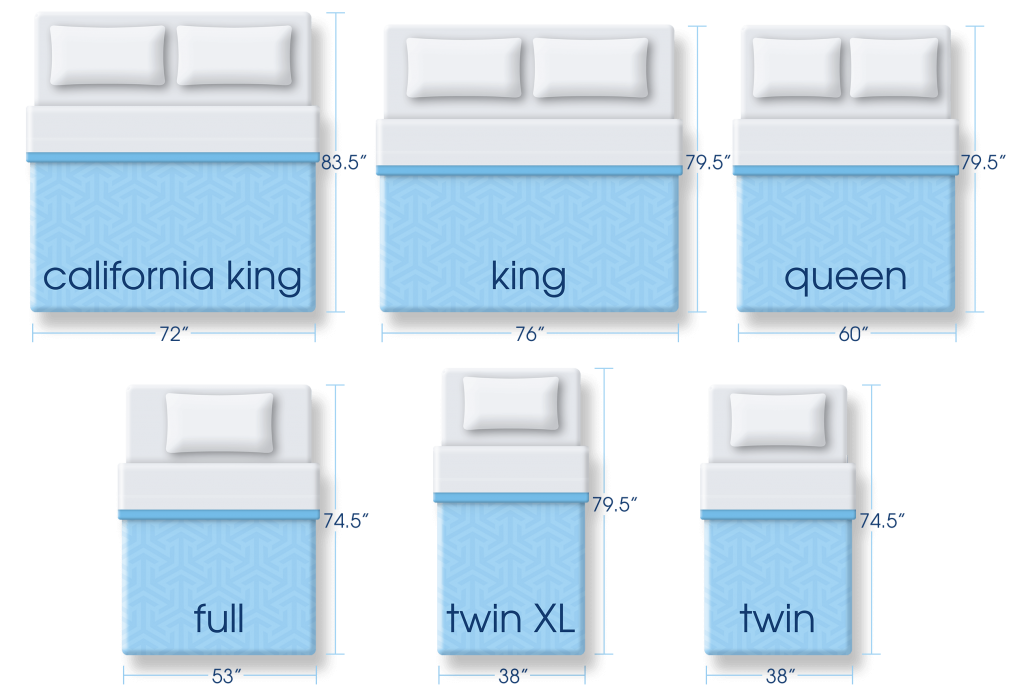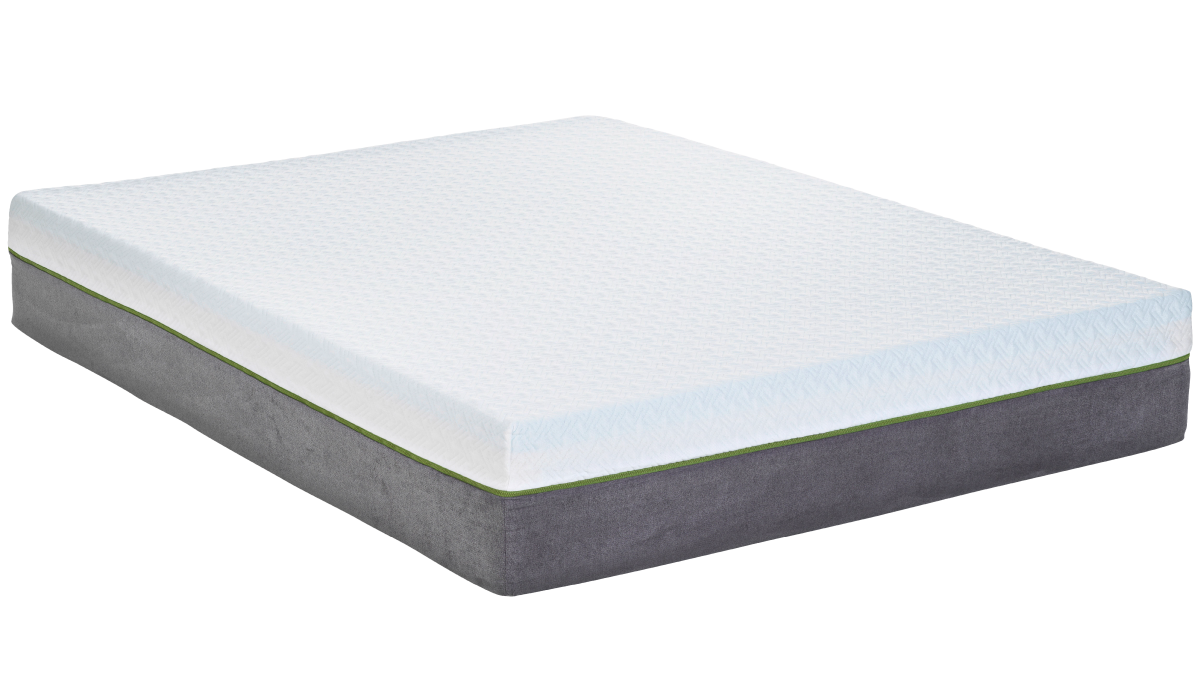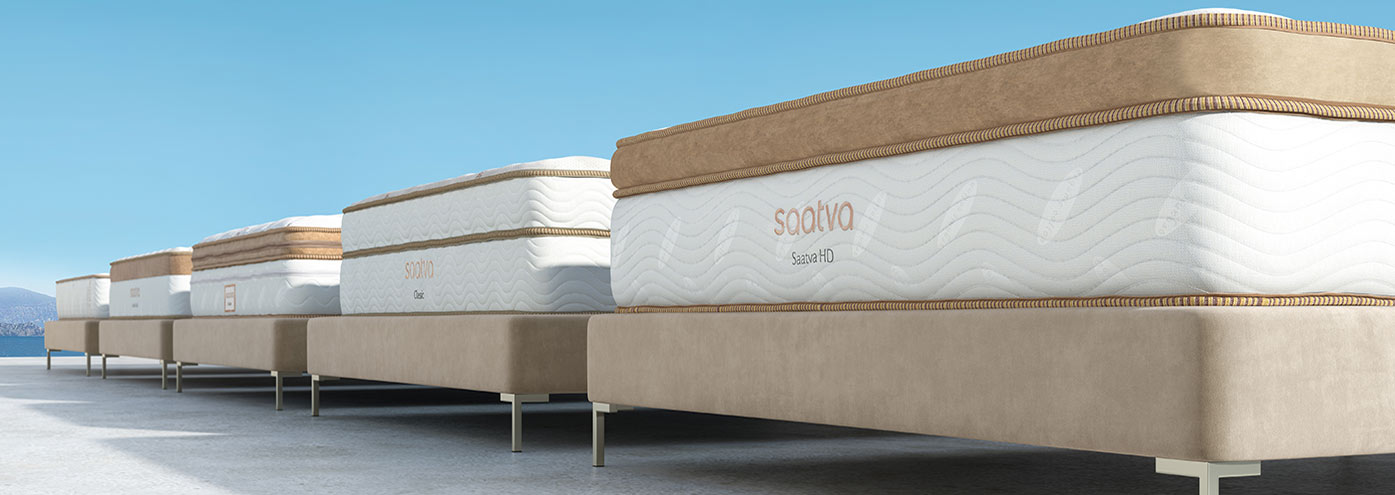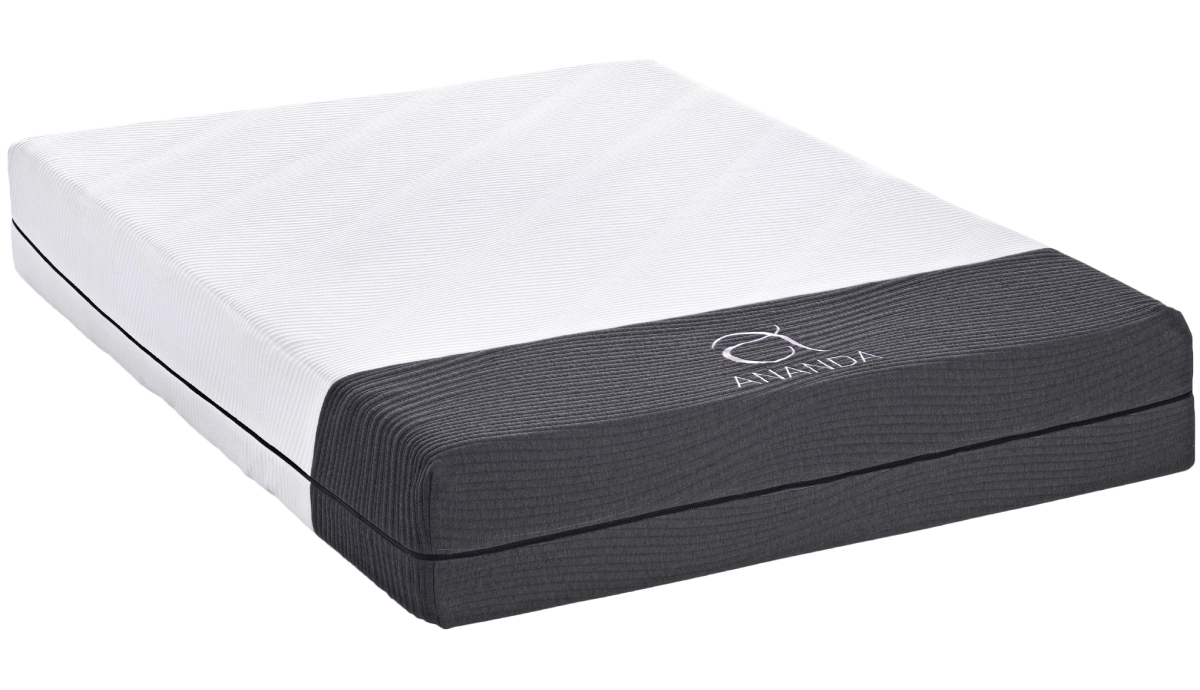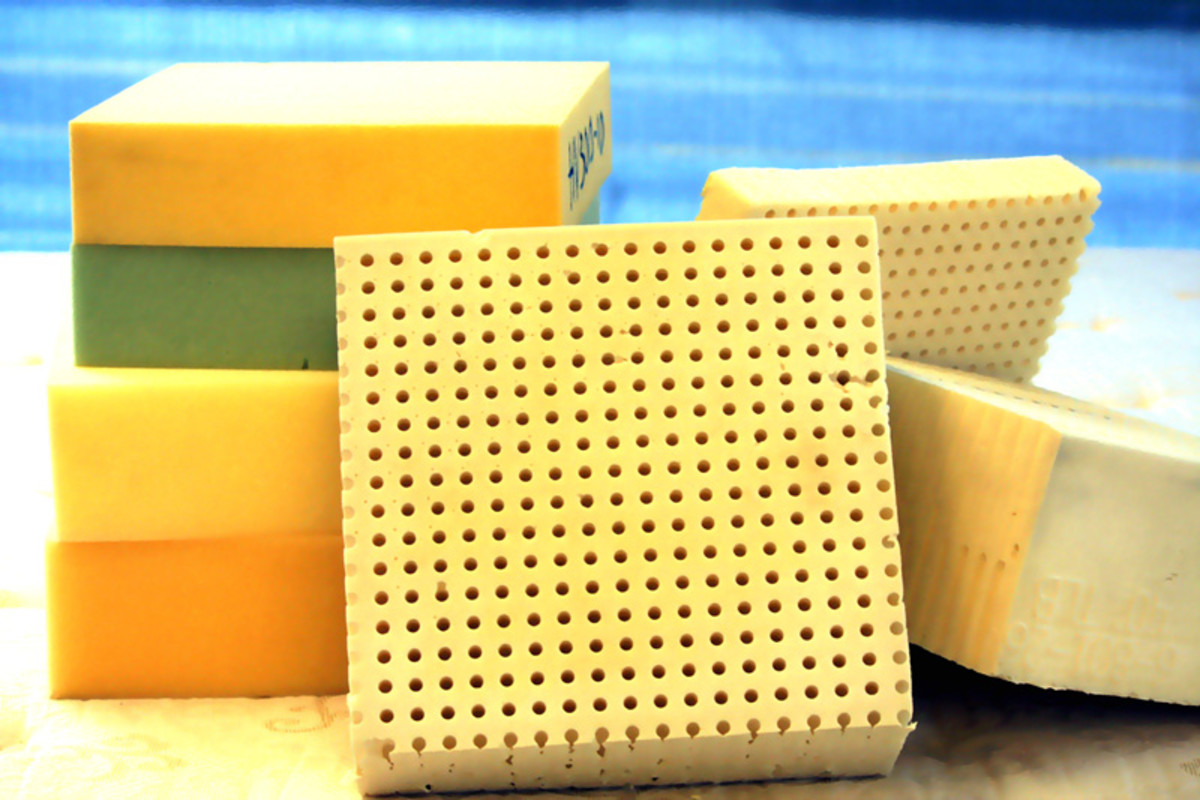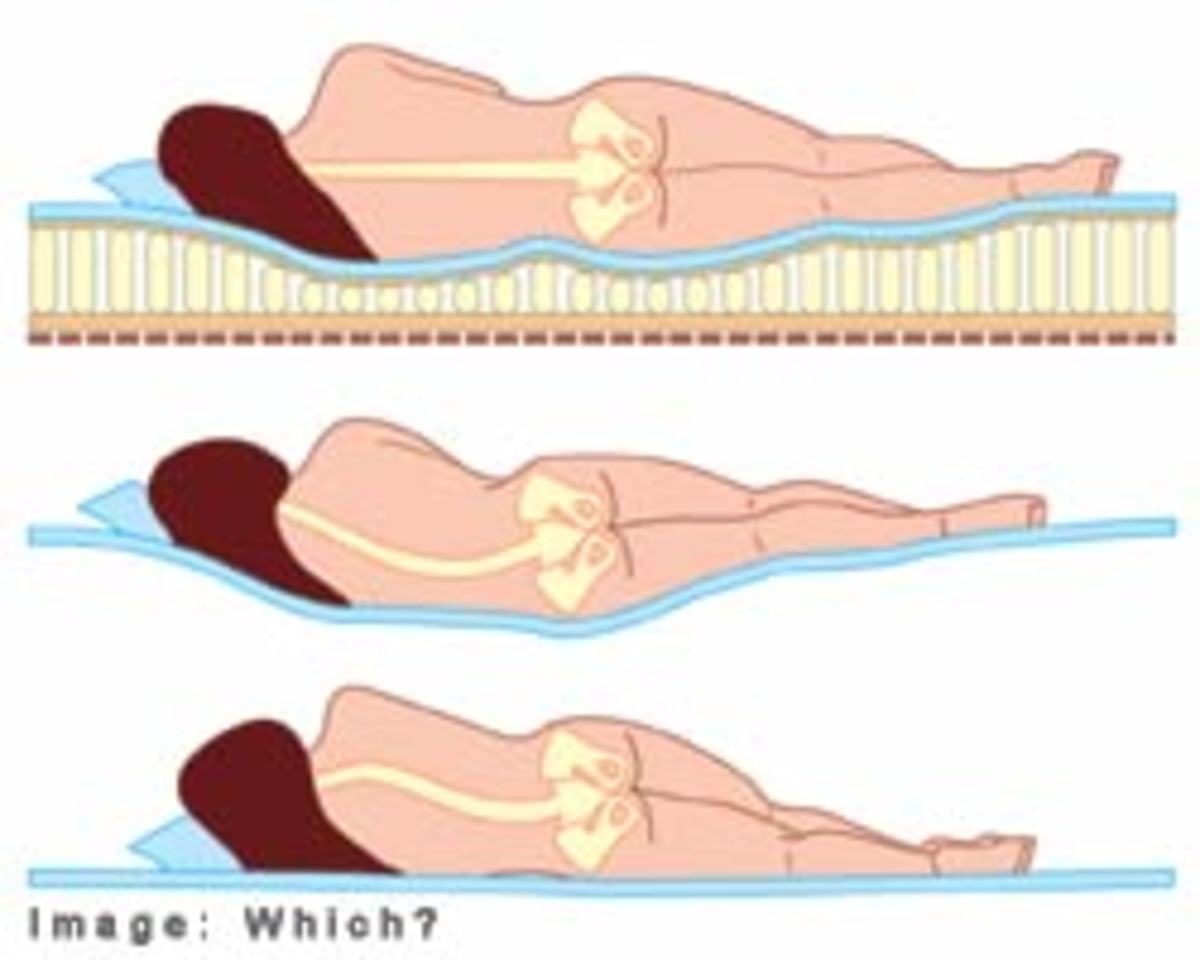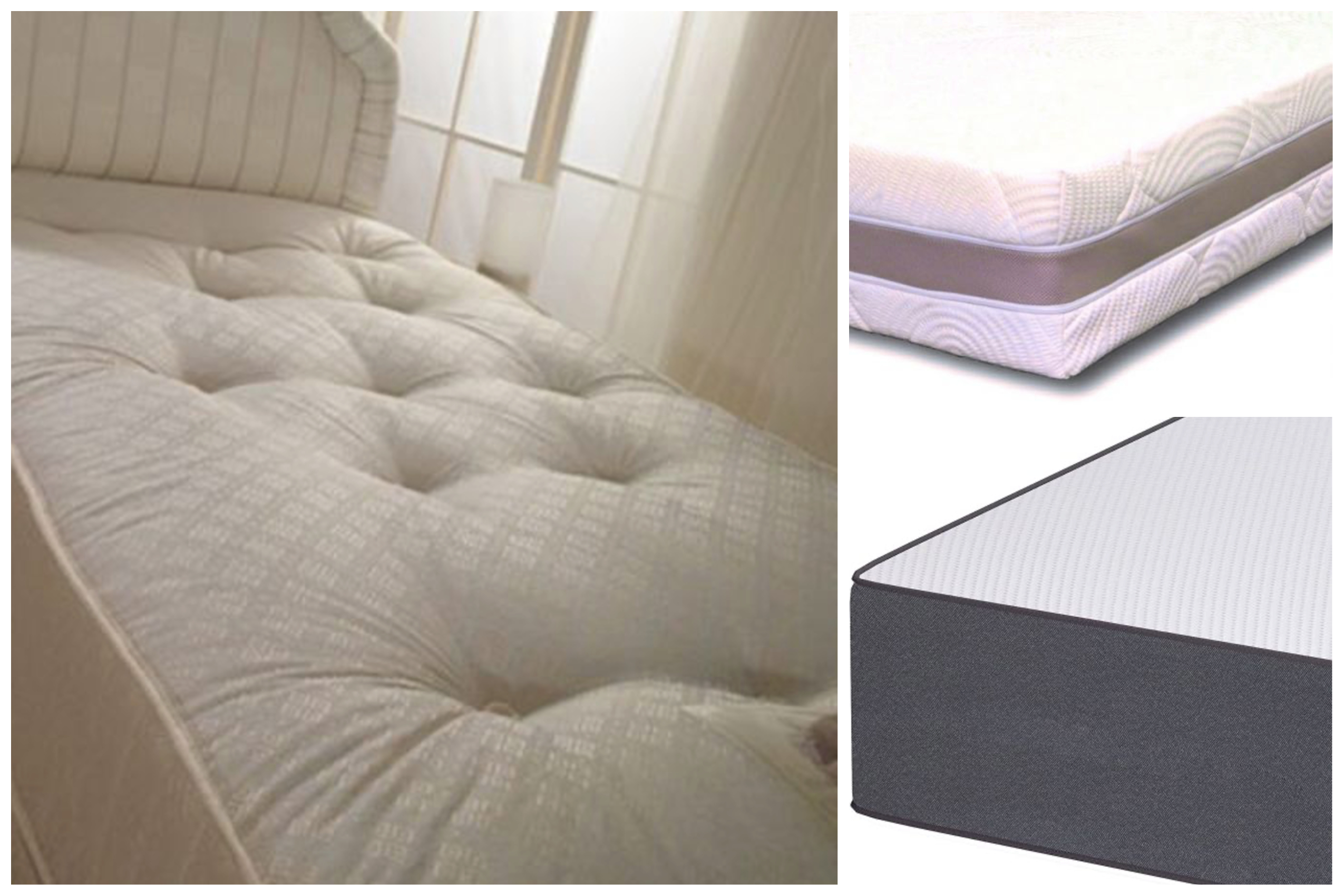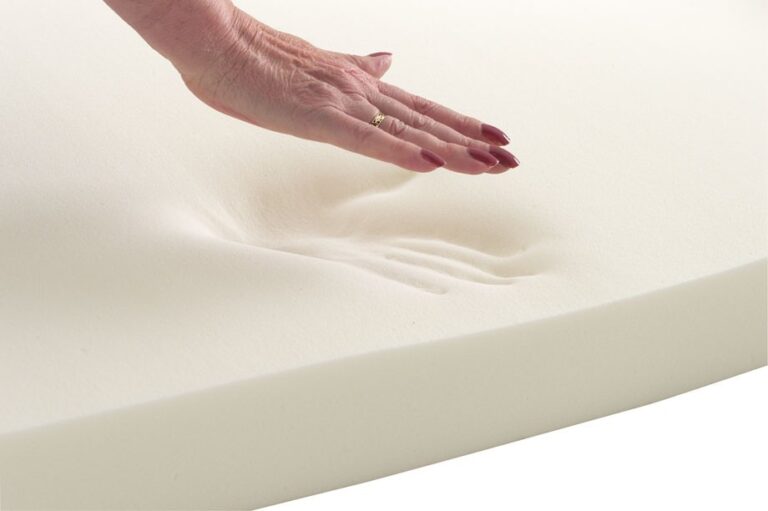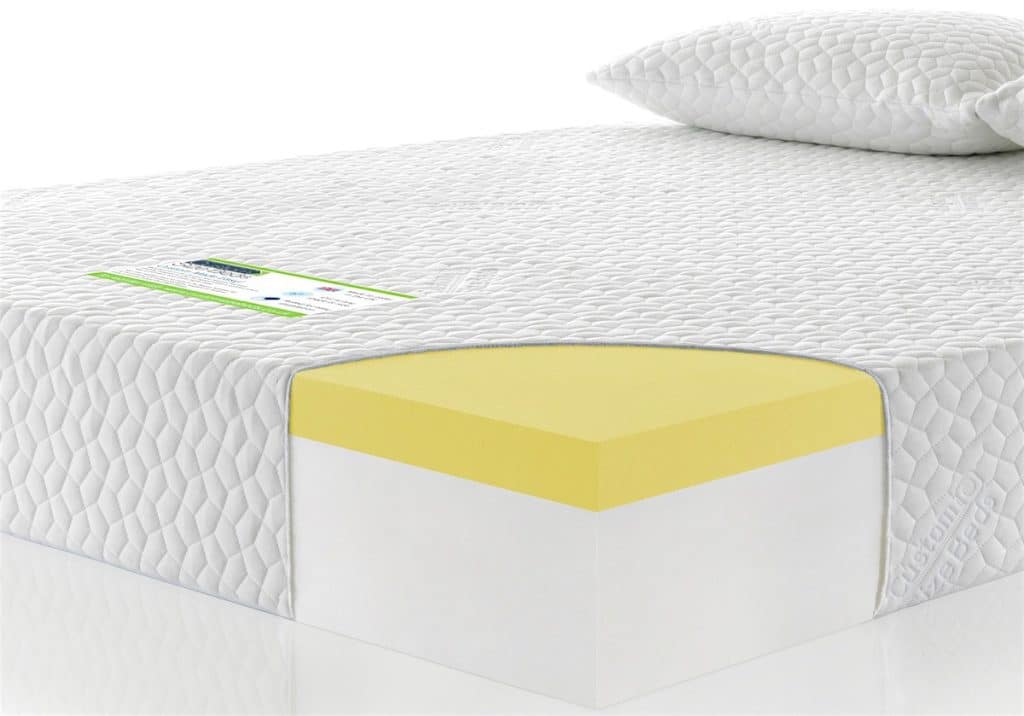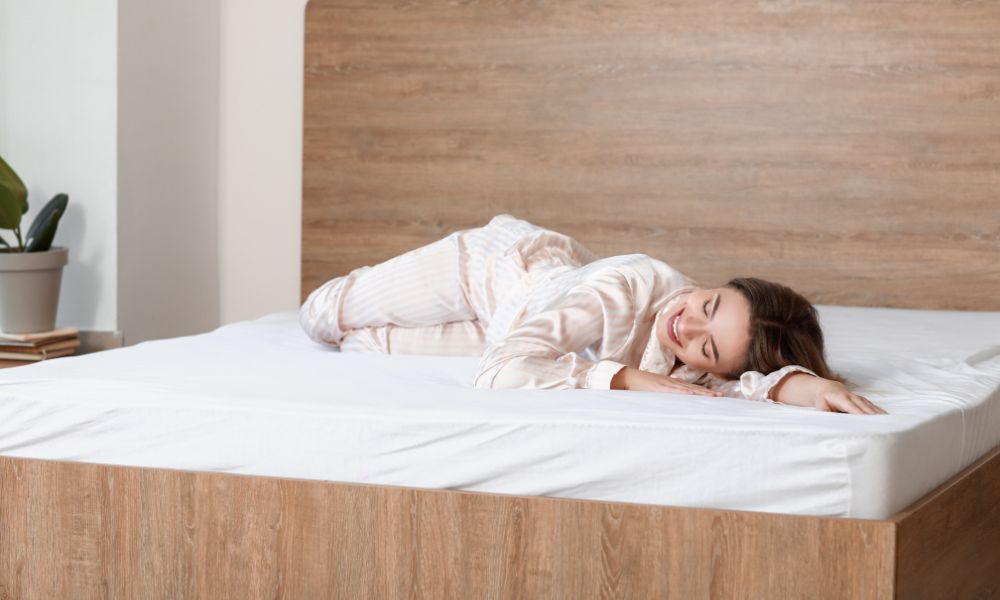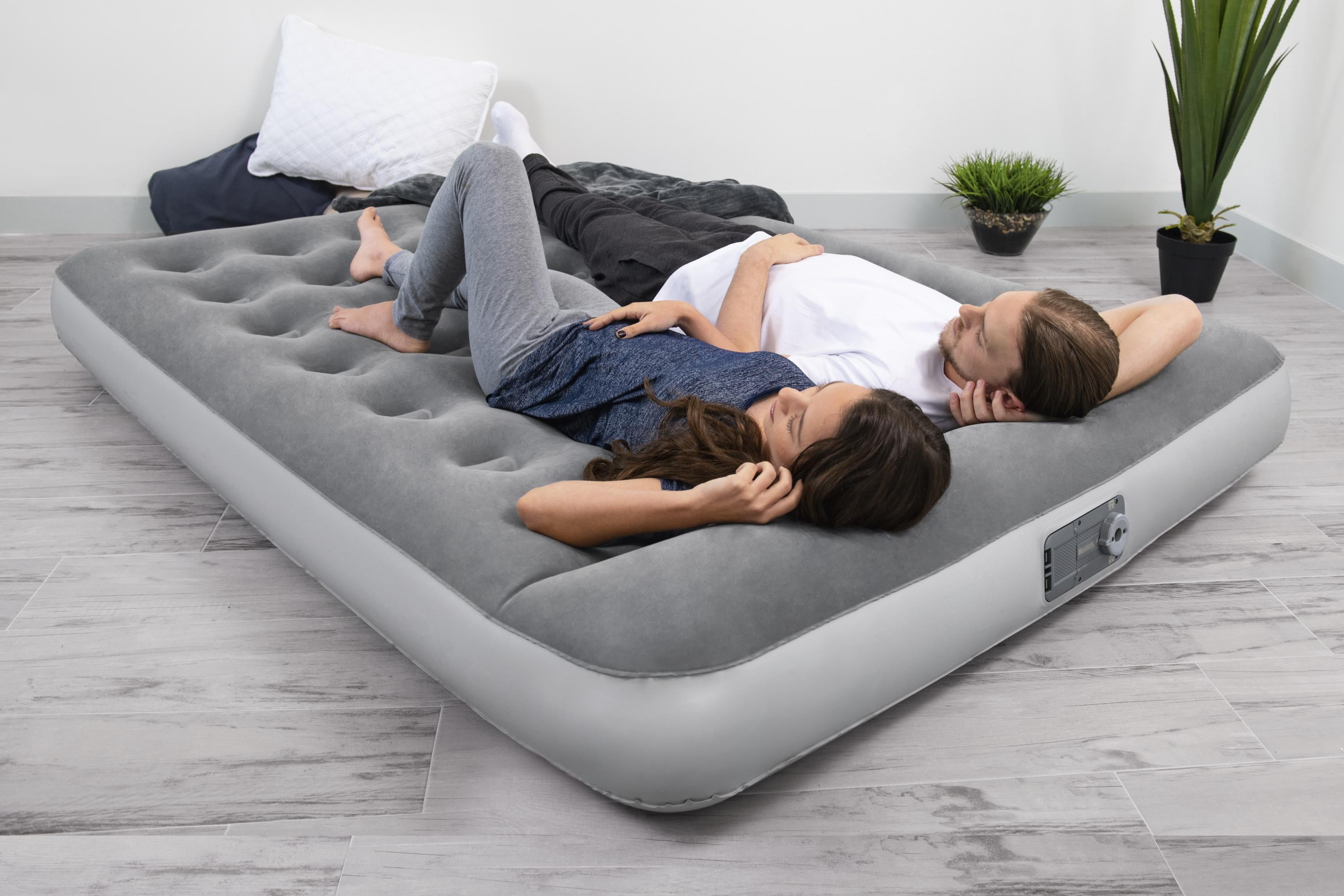Standard Mattress vs Foam Weight: What You Need to Know
When it comes to choosing a new mattress, there are many factors to consider. Comfort, support, and durability are all important aspects to keep in mind. But one factor that often gets overlooked is the weight of the mattress. Many people assume that all mattresses weigh about the same, but that's not necessarily true. In fact, there can be a significant difference in weight between a standard mattress and a foam one. In this article, we'll explore the differences between these two types of mattresses and how their weight can impact your sleep experience.
The Differences Between Standard Mattresses and Foam Mattresses
Before we dive into the weight differences, let's first understand the basics of standard mattresses and foam mattresses. A standard mattress typically consists of a spring or coil system with layers of foam, fabric, and padding on top. These mattresses have been the traditional choice for many years and are still popular today.
Foam mattresses, on the other hand, are relatively new to the market. They are made from layers of foam, usually memory foam or latex, with no coils or springs. This type of mattress has gained popularity in recent years due to its ability to conform to the body and provide pressure relief.
Understanding the Weight of Standard Mattresses vs Foam Mattresses
Now, let's get to the main point of this article: the weight differences between standard mattresses and foam mattresses. Generally, foam mattresses are much lighter than standard mattresses. This is because they do not have a bulky spring system like a traditional mattress does. Instead, they are made up of layers of foam, which are much lighter in weight.
For example, a queen-size foam mattress can weigh anywhere from 50-100 pounds, while a standard queen mattress can weigh around 150 pounds. That's a significant difference in weight, and it can make a big impact when it comes to moving or flipping your mattress.
Comparing the Weight of Standard Mattresses and Foam Mattresses
So, why does weight matter when it comes to mattresses? Well, for starters, a heavier mattress can be more challenging to move and maneuver. This can be a problem when it comes time to rotate or flip your mattress, a task that is recommended every few months to help maintain its shape and support.
In addition, a heavier mattress can also make it more difficult to change your bedding or clean underneath the bed. This can be especially problematic for those with back issues or mobility limitations.
How Does the Weight of a Standard Mattress Compare to a Foam Mattress?
As mentioned earlier, foam mattresses are generally much lighter than standard mattresses. However, the weight can vary depending on the type and thickness of the foam used. For example, a memory foam mattress will typically weigh more than a latex foam mattress due to its denser material.
But even within the same type of foam, there can be differences in weight. This is because some manufacturers may use different densities or layers of foam, which can affect the overall weight of the mattress.
The Impact of Weight on Standard Mattresses vs Foam Mattresses
So, how does the weight of a mattress impact its performance? Well, for starters, a heavier mattress may be more durable and long-lasting. This is because the weight can help keep the mattress in place and prevent sagging or indentations. On the other hand, a lighter mattress may not have the same level of support and may wear out more quickly.
Additionally, a heavier mattress can provide more stability and be less prone to movement, making it a better option for those who share a bed with a partner. A lighter mattress, on the other hand, may be more susceptible to motion transfer, which can be disruptive for light sleepers.
Exploring the Weight Differences Between Standard Mattresses and Foam Mattresses
Now that we've covered the basics, let's take a closer look at the weight differences between standard mattresses and foam mattresses. As mentioned earlier, a queen-size standard mattress can weigh around 150 pounds, while a queen-size foam mattress can weigh anywhere from 50-100 pounds.
This significant difference in weight can be attributed to the materials used in each type of mattress. Standard mattresses have a bulky spring system, which adds a lot of weight. In contrast, foam mattresses are made up of lightweight materials, such as foam, which contributes to their lighter weight.
Standard Mattress vs Foam Weight: Which is Better for Your Needs?
So, which type of mattress is better when it comes to weight? The answer depends on your specific needs and preferences. If you have mobility issues or struggle with moving heavy objects, a foam mattress may be the better option for you. On the other hand, if you prefer a more substantial and sturdier mattress, a standard mattress may be the way to go.
It's also important to consider the other factors, such as comfort and support, when making your decision. After all, the weight of a mattress is just one aspect to consider.
The Pros and Cons of Standard Mattresses vs Foam Mattresses in Terms of Weight
To sum it up, here are the pros and cons of standard mattresses and foam mattresses in terms of weight:
Standard Mattresses:
Pros:
Finding the Right Balance: Weight Considerations for Standard Mattresses vs Foam Mattresses
In the end, the best mattress for you will depend on a variety of factors, including your personal preferences, budget, and sleep needs. While weight is an essential consideration, it shouldn't be the sole factor in your decision-making process.
Be sure to test out different mattresses and do your research to find the perfect balance of weight, comfort, and support for a good night's sleep.
In conclusion, there are significant weight differences between standard mattresses and foam mattresses. While foam mattresses may be lighter and easier to move, standard mattresses may provide more durability and stability. Consider your needs and preferences to determine which type of mattress is best for you. And remember, a good night's sleep is worth its weight in gold.
Standard Mattress vs Foam Weight: Which is the Best Choice for Your House Design?
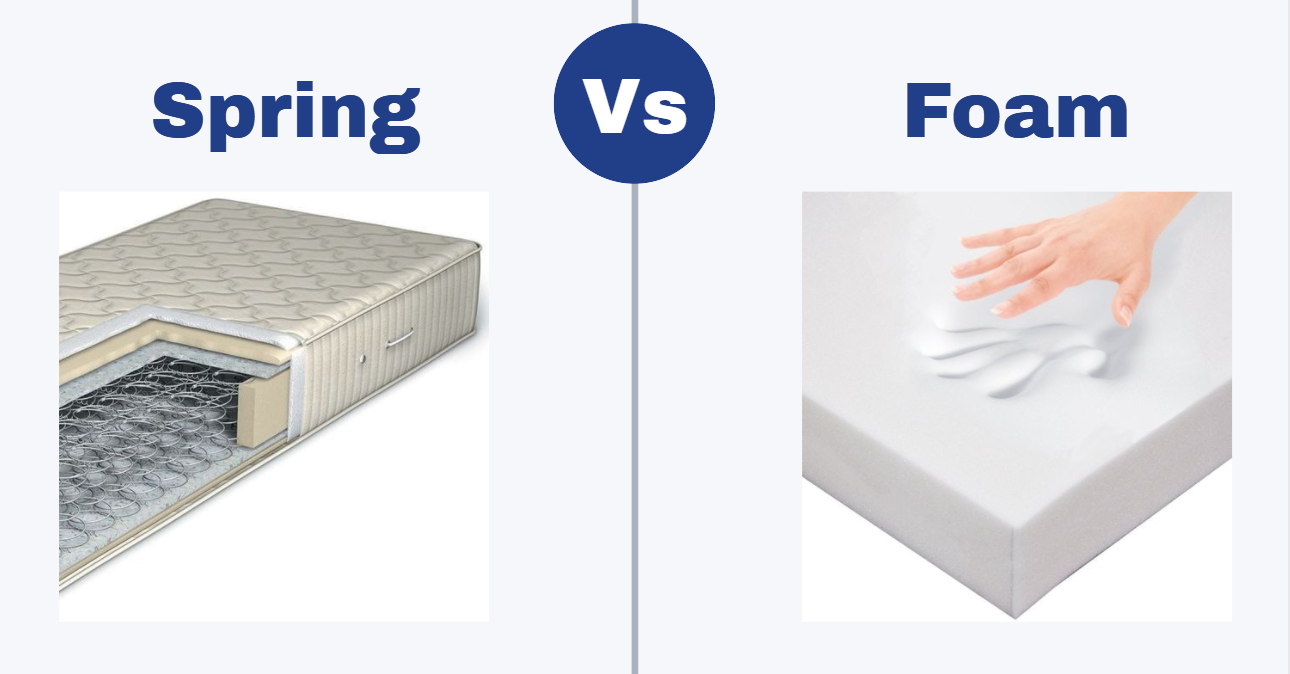
Introduction to House Design and the Importance of Choosing the Right Mattress
 When it comes to designing and decorating your home, one of the most important factors to consider is your mattress. Not only does it affect the overall aesthetic of your bedroom, but it also plays a crucial role in your comfort and sleep quality. With so many options available in the market, it can be overwhelming to choose the right mattress for your house design. In this article, we will compare the two most popular types of mattresses – standard and foam – and help you make an informed decision.
When it comes to designing and decorating your home, one of the most important factors to consider is your mattress. Not only does it affect the overall aesthetic of your bedroom, but it also plays a crucial role in your comfort and sleep quality. With so many options available in the market, it can be overwhelming to choose the right mattress for your house design. In this article, we will compare the two most popular types of mattresses – standard and foam – and help you make an informed decision.
The Differences between Standard Mattresses and Foam Mattresses
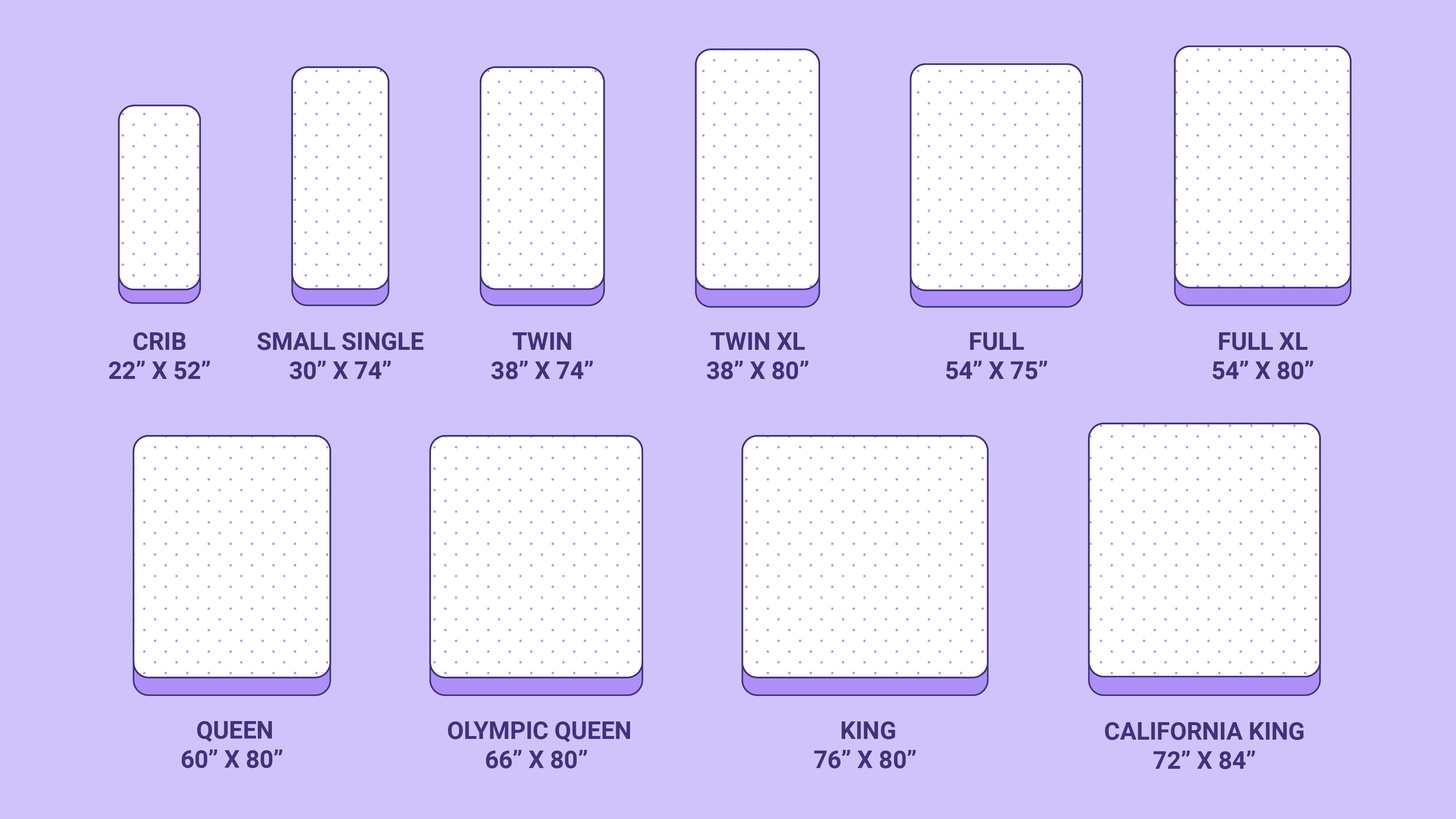 Standard mattresses, also known as innerspring mattresses, have been around for centuries and are still widely used today. They are made up of steel coils or springs covered with layers of padding and fabric. The number of coils and the thickness of the padding determine the firmness and support of the mattress. On the other hand, foam mattresses are relatively new in the market and have gained popularity in recent years. They are made up of different layers of foam – such as memory foam, latex foam, or polyurethane foam – that contour to your body and provide support.
Standard mattresses, also known as innerspring mattresses, have been around for centuries and are still widely used today. They are made up of steel coils or springs covered with layers of padding and fabric. The number of coils and the thickness of the padding determine the firmness and support of the mattress. On the other hand, foam mattresses are relatively new in the market and have gained popularity in recent years. They are made up of different layers of foam – such as memory foam, latex foam, or polyurethane foam – that contour to your body and provide support.
The Weight Factor: How Standard and Foam Mattresses Differ
 One of the main differences between standard and foam mattresses is their weight. Standard mattresses tend to be heavier due to the presence of steel coils, which not only adds weight but also makes them more difficult to move. On the other hand, foam mattresses are lighter as they do not contain any coils or springs. This makes them easier to move and maneuver, especially if you need to rearrange your room or clean under the bed.
However, when it comes to weight, it is important to consider the size and thickness of the mattress as well. A standard mattress may be heavier, but it also tends to be thinner and easier to handle compared to a thick foam mattress. Additionally, foam mattresses can vary in weight depending on the type and density of foam used.
One of the main differences between standard and foam mattresses is their weight. Standard mattresses tend to be heavier due to the presence of steel coils, which not only adds weight but also makes them more difficult to move. On the other hand, foam mattresses are lighter as they do not contain any coils or springs. This makes them easier to move and maneuver, especially if you need to rearrange your room or clean under the bed.
However, when it comes to weight, it is important to consider the size and thickness of the mattress as well. A standard mattress may be heavier, but it also tends to be thinner and easier to handle compared to a thick foam mattress. Additionally, foam mattresses can vary in weight depending on the type and density of foam used.
Which One Is the Best Choice for Your House Design?
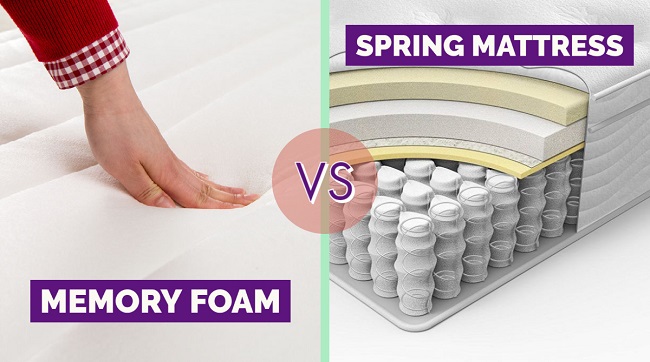 The decision between a standard mattress and a foam mattress ultimately depends on your personal preferences and needs. If you prefer a more traditional and sturdy mattress, then a standard mattress might be the best option for you. On the other hand, if you are looking for a mattress that contours to your body and provides pressure relief, then a foam mattress might be a better choice.
It is also important to consider the other factors that come into play when choosing a mattress, such as your budget, sleeping position, and any specific health concerns.
Ultimately, the best mattress for your house design is the one that fits your needs and provides you with a comfortable and restful sleep.
The decision between a standard mattress and a foam mattress ultimately depends on your personal preferences and needs. If you prefer a more traditional and sturdy mattress, then a standard mattress might be the best option for you. On the other hand, if you are looking for a mattress that contours to your body and provides pressure relief, then a foam mattress might be a better choice.
It is also important to consider the other factors that come into play when choosing a mattress, such as your budget, sleeping position, and any specific health concerns.
Ultimately, the best mattress for your house design is the one that fits your needs and provides you with a comfortable and restful sleep.
In Conclusion
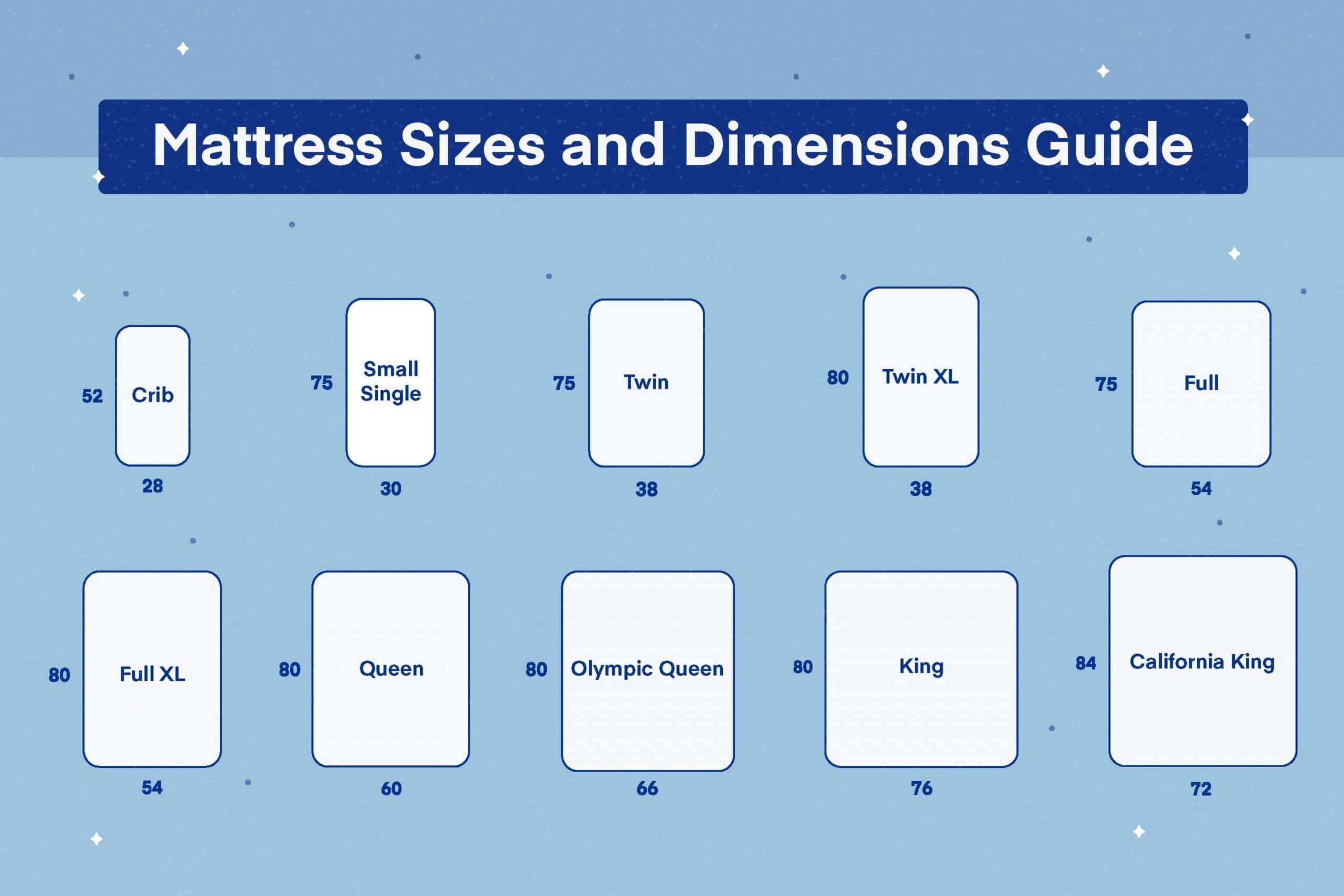 In conclusion, choosing the right mattress for your house design is crucial for your comfort and sleep quality. While standard mattresses and foam mattresses both have their own unique benefits and drawbacks, it ultimately comes down to your personal preferences and needs. Consider factors such as weight, size, and firmness when making your decision, and don't forget to prioritize your comfort above all else.
In conclusion, choosing the right mattress for your house design is crucial for your comfort and sleep quality. While standard mattresses and foam mattresses both have their own unique benefits and drawbacks, it ultimately comes down to your personal preferences and needs. Consider factors such as weight, size, and firmness when making your decision, and don't forget to prioritize your comfort above all else.

